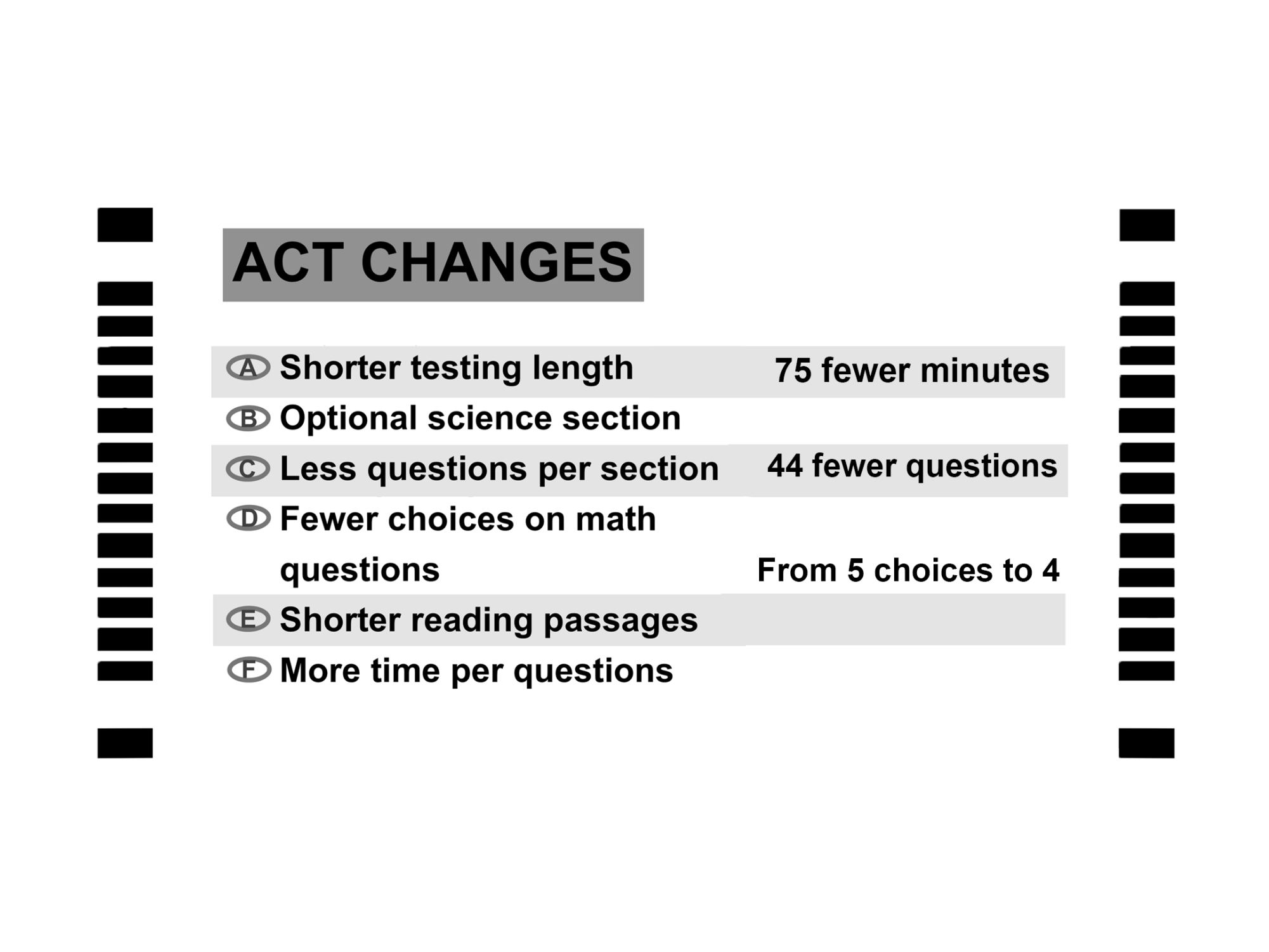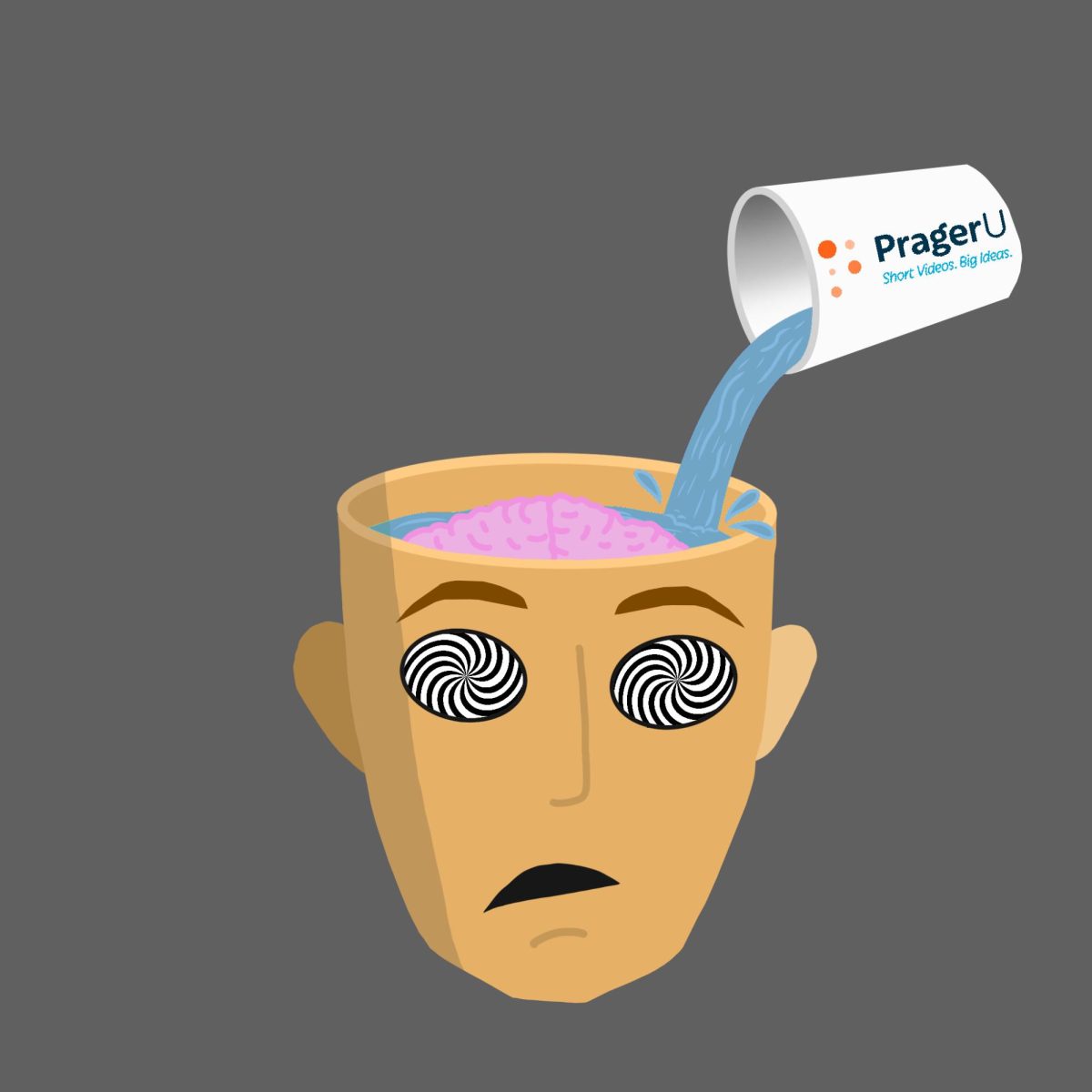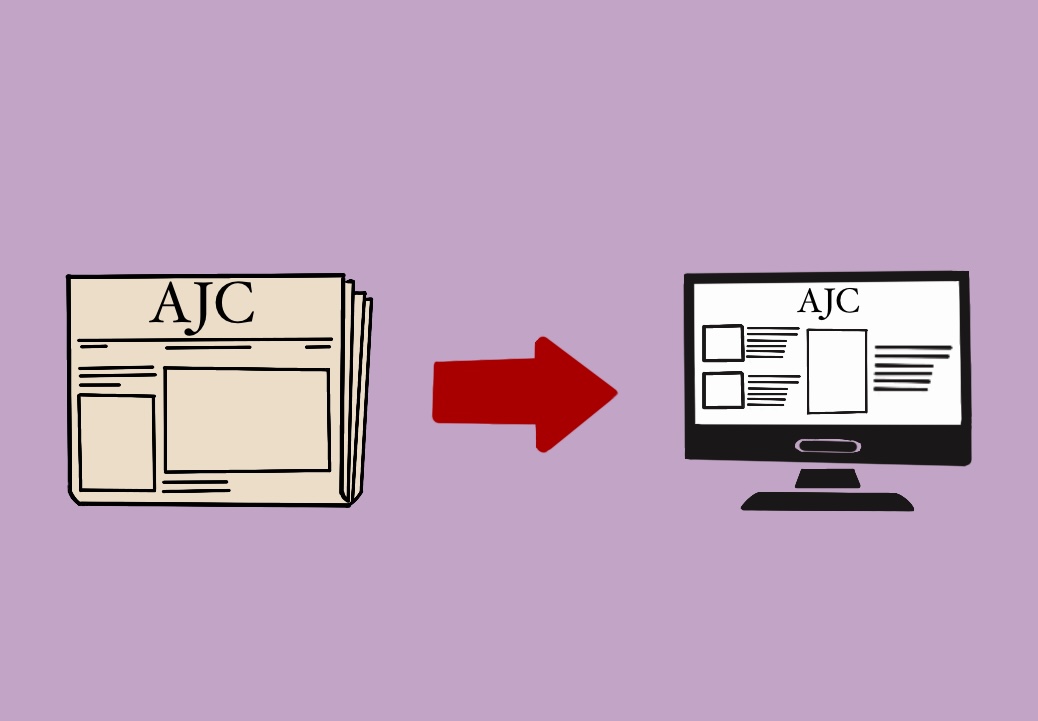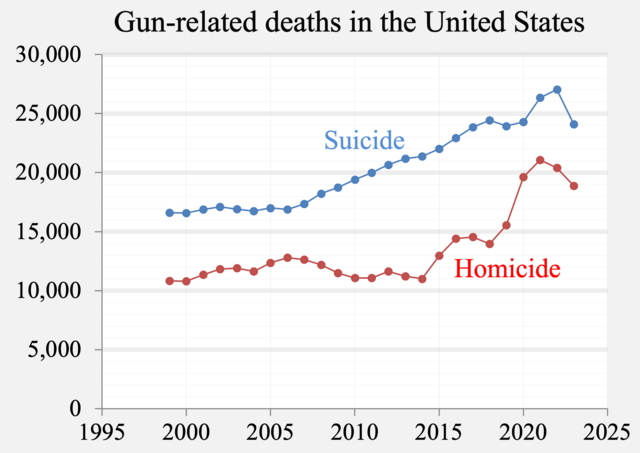Head to Head: Does the enhanced ACT format benefit students?

The ACT, a standardized test used to test high school students’ college readiness, has gone through many transitions over the past couple of months. Students, educators, and advocates should be celebrating this great change, as it provides numerous advantages and benefits students.
Back in April 2025, the ACT made changes to its online test, which expanded to the paper test in September 2025. The “Enhanced ACT” cuts 44 questions and trims 75 minutes off the exam, which is about a third of its original length. That means less fatigue, more focus and fewer students going blank towards the end of the test.
Due to fewer questions and more time per item across all sections of math, reading, English and science, students can focus on each prompt with more clarity. For example, the math section now gives around 67 seconds per question versus the previous 60 seconds. The biggest jump is in the reading section, where it now gives 67 seconds per question, instead of the previous 52 seconds. This new pace gives room to think deeper, benefitting both careful test takers and those who are prone to rushing through.
This could possibly be one of the most student-centered shifts. The science section is now optional, just how the writing section has been. Composite scoring now only relies on English, math and reading. By doing this alone, students will be able to concentrate on their strengths and stray away from issues for their weaknesses. Students can still demonstrate their science skills independently, which is beneficial if they choose to study science in college. The ACT is more focused on the core strengths learned in schooling.
Now, the ACT offers both paper and digital options. From September 2025, students are allowed to bring their own devices for online testing. This helps with offering choice and familiarity. Letting students bring their own laptops might be seen as stupid, but it makes a huge difference for each individual.
Despite the changes, the ACT maintained its 1-36 scoring scale and continues to support superscoring. Now, students’ best scores in English, Math and Reading, regardless of format or test date, will compose their composite. If the science section is taken, it contributes separately to STEM-specific profiles.
Equity is further supported by accessibility improvements. With the option to use personal devices, students who have bad testing nerves can utilize the tools they are already familiar with. For students with accommodations, this gives more room for more safe testing environments. By reducing stress, the ACT creates a more honest measurement of actual academic skill.
The ACT’s updates also recognize modern student workloads. High school juniors and seniors already have the stress of AP classes, extracurriculars, jobs and, on top of all, college applications. By reducing time and question count, the ACT respects the packed schedules of teens making it easier. Students now spend less energy on a marathon test and can redirect that effort into strengthening essays, resumes and grades that factors admissions offices weigh heavily alongside test scores.
Finally, the optional science section allows student choice. Since not all applicants are interested in STEM-related fields, having a science component for all applicants causes needless stress and studying over a subject that not everyone is interested in. Making science optional gives future medical professionals and engineers an opportunity to demonstrate their abilities while also allowing kids who are motivated by the humanities to succeed without thinking about disadvantages. It’s a win-win that respects diverse academic paths.
All in all, the enhanced ACT represents more than just a shorter exam. It stands for a focus on student improvement. By cutting down on wasted time, modernizing testing options and supporting equity, the ACT has not only improved the testing experience but also strengthened its role in the college admissions process.
Starting in 2025, American College Testing’s ACT exam will feature a new format referred to as the “enhanced ACT.” Offering more time per question, the new test may seem to benefit high school students. However, the new format introduces new uncertainties for high school students, and the confusion that arises from this is harmful and not to be overlooked.
At first glance, the new test, which is shorter, has more time per question and has an optional science section, may seem more flexible and beneficial to students. However, competition in the ACT will also increase as a result of these changes. This can create uncertainty for students with upcoming admissions cycles during a period of the transition, since we are yet to know how colleges will value this new version of the ACT.
Initially, the ACT was seen as the science-oriented version of its counterpart: the SAT. However, with the SAT being more popular than the ACT in recent years, according to data from College Board and ACT, the recent updates seem to blur the line between the two standard admissions tests.
For example, the science section, now optional, previously differentiated itself from the SAT. This allowed STEM-oriented students to focus solely on showcasing their strengths on the ACT for their best shot during the college admissions process. With it becoming optional, students will be less motivated to focus on science, and it eliminates the reason to take the ACT with the SAT available.
Although students can still take the science section, it is submitted separately and reported apart from the composite. In other words, science no longer factors into the core composite score that students submit.
The ACT also reduced the length of the exam, while redistributing the time, accordingly. There are now fewer questions and passages, and more time per question. However, with these changes come severe trade-offs.
Fewer questions mean each question is worth more. Minor errors can significantly impact a score, not due to a lack of content knowledge, but rather due to the nature of the new test format.
The test will likely result in higher average ACT scores. By reducing the number of math multiple-choice options from five to four and increasing the time per question, competition will skyrocket. When competition skyrockets, it becomes much harder to stand out, as everyone will have similarly higher scores.
This can affect how colleges value a high ACT score during their admissions process. Among the millions who take the ACT each year, it may be increasingly challenging for top students to stand out and differentiate themselves from their competition.
While the average student may find themselves having an easier time while taking the test, the overall difference between their competitiveness in college admissions compared to if they took the old ACT version will remain unchanged, or even be damaged. This is because schools may begin to judge and weigh the ACT differently.
Apart from all this, the narrative of an overall easier ACT for students is not necessarily the truth. To compensate for the “enhancements,” specifically, the ACT has removed the easier questions, making the questions more difficult, on average. In a poll of 50 Midtown High School students — particularly upperclassmen — over 60% of them did not like the new test, largely due to this reason.
With the ACT trimming easier question categories on the test and cutting more from areas where students typically performed better or improved more easily, shifting content and weight will greatly hinder the experience for some testers. These testers will be harmed disproportionately, compared to those who take the SAT or are better prepared for the new changes to the ACT.























